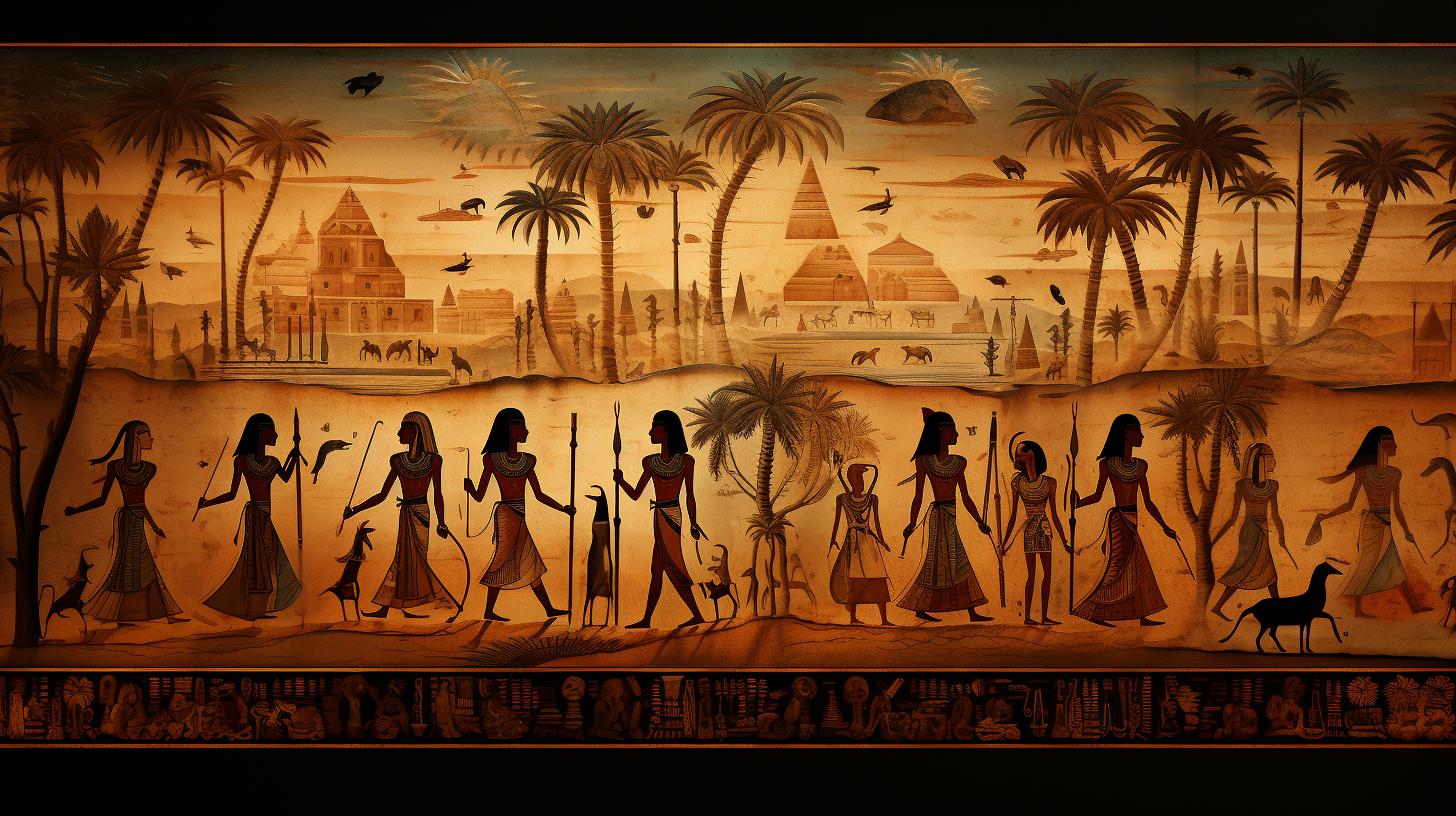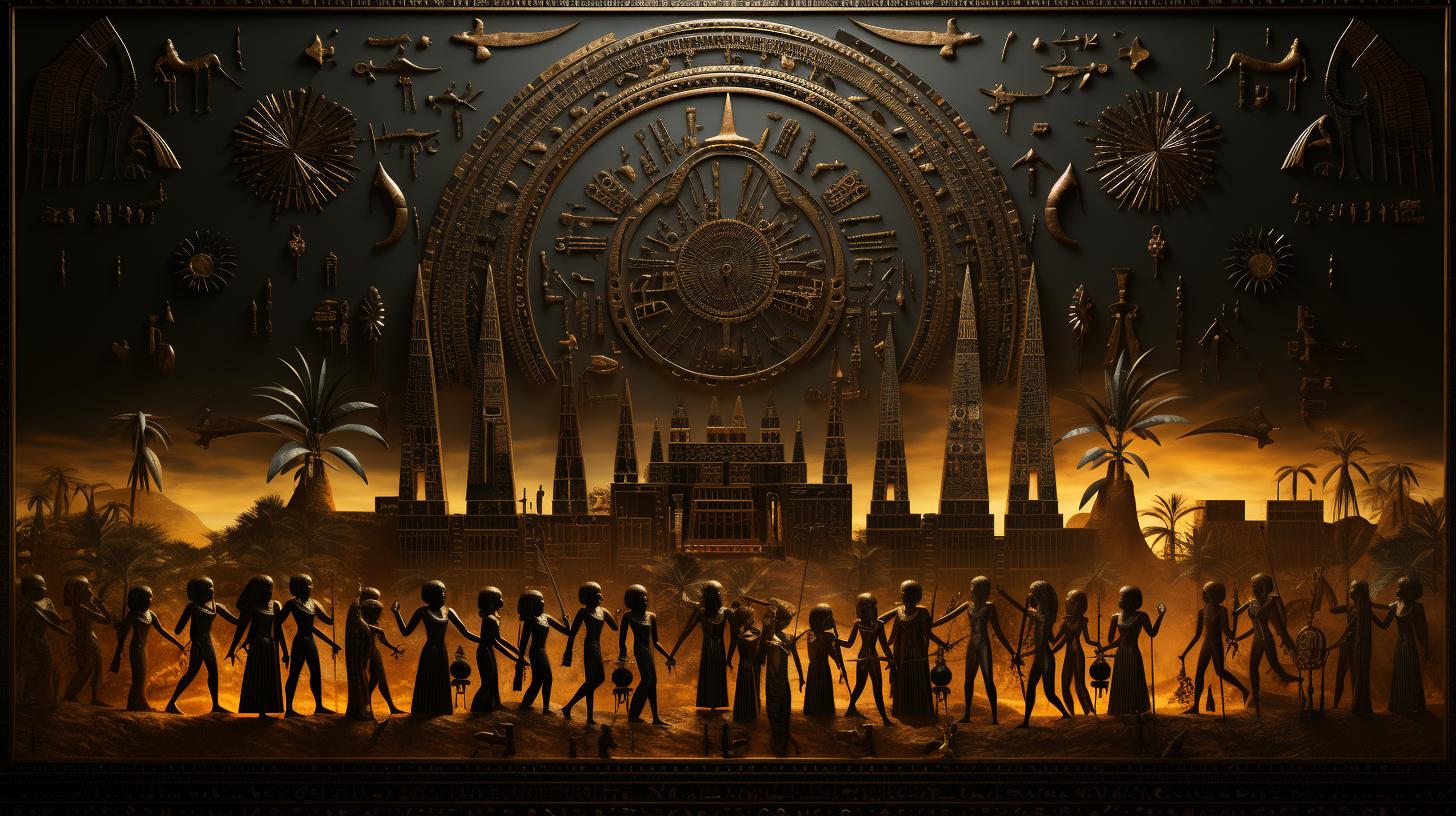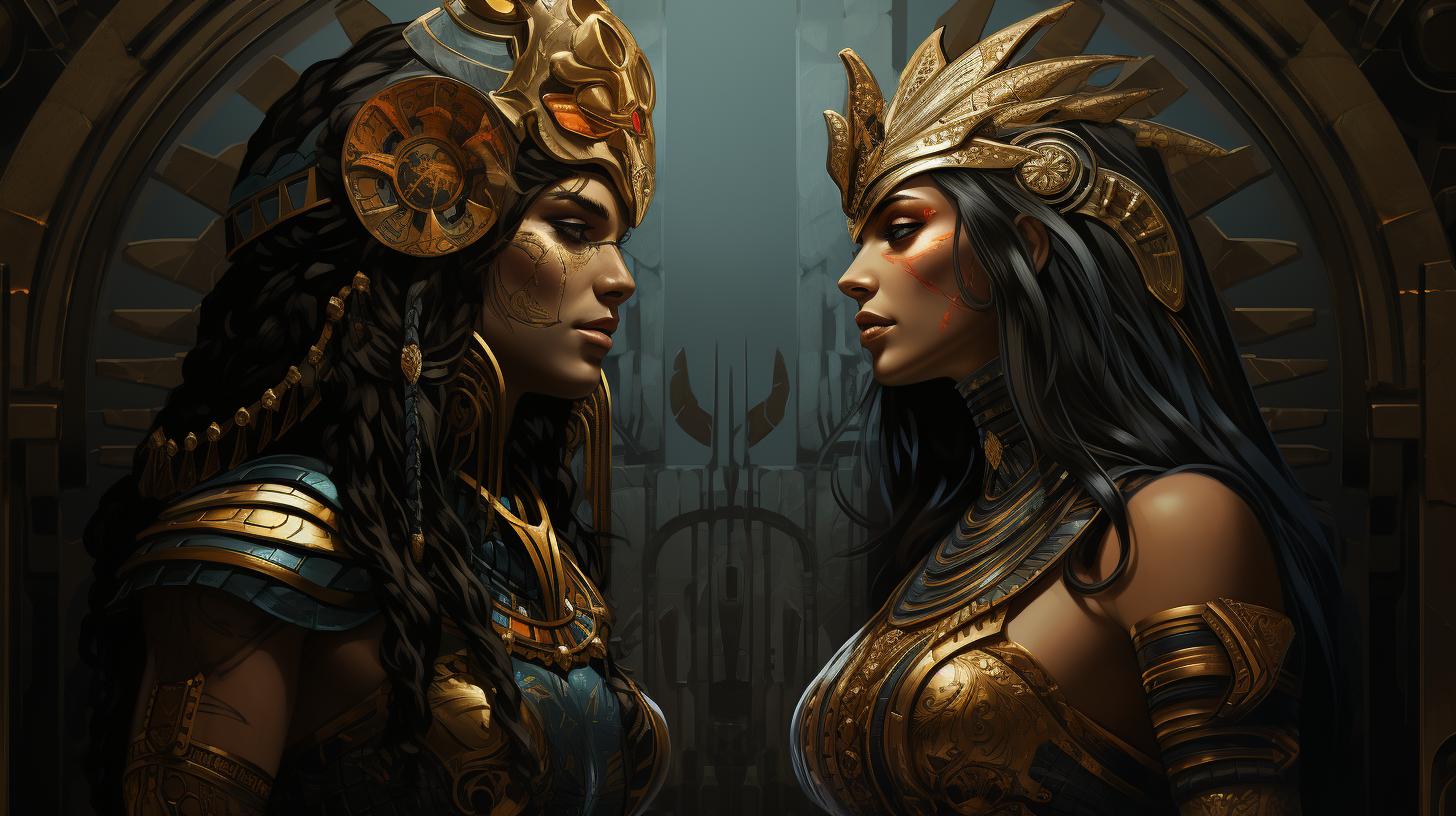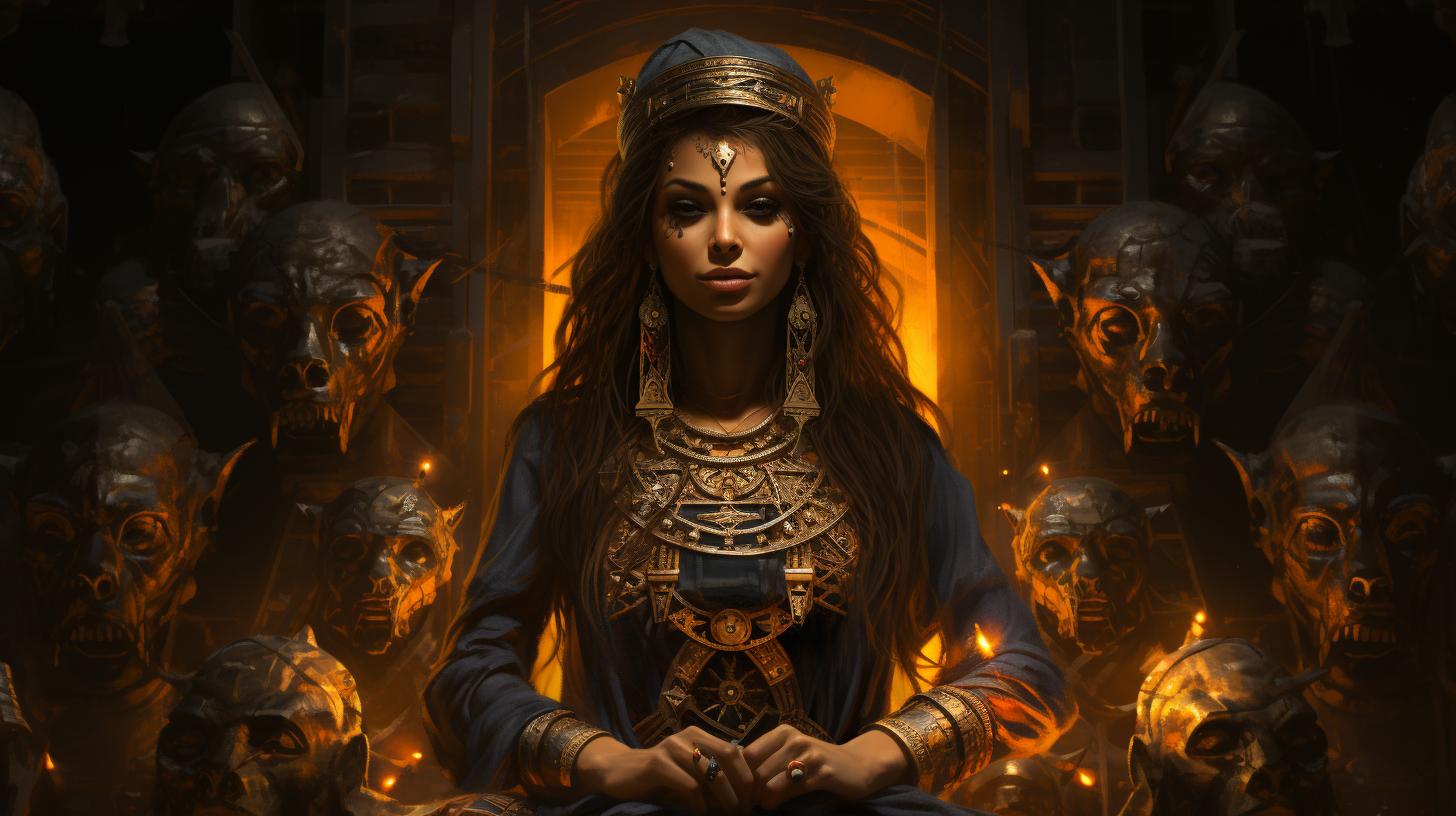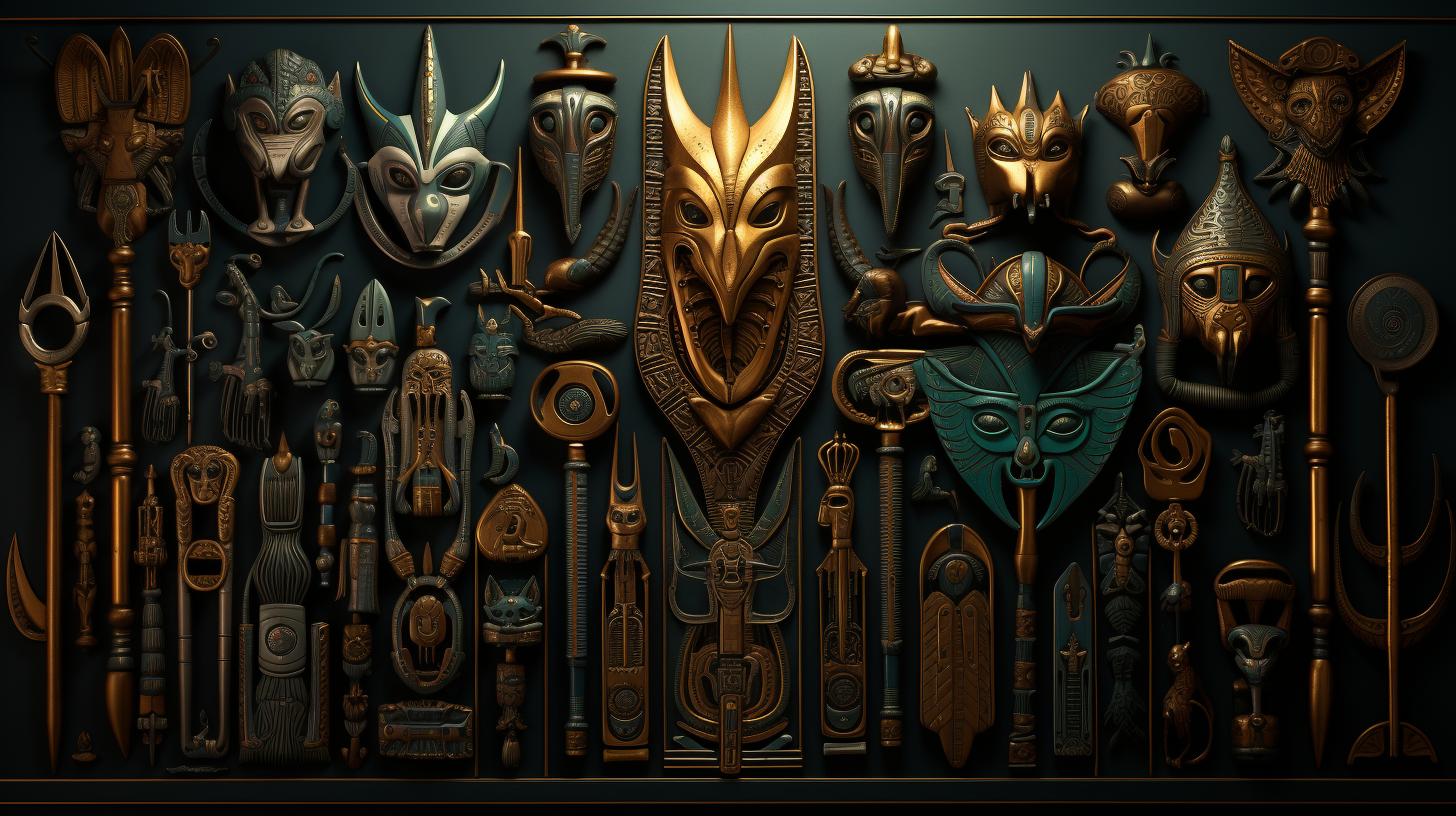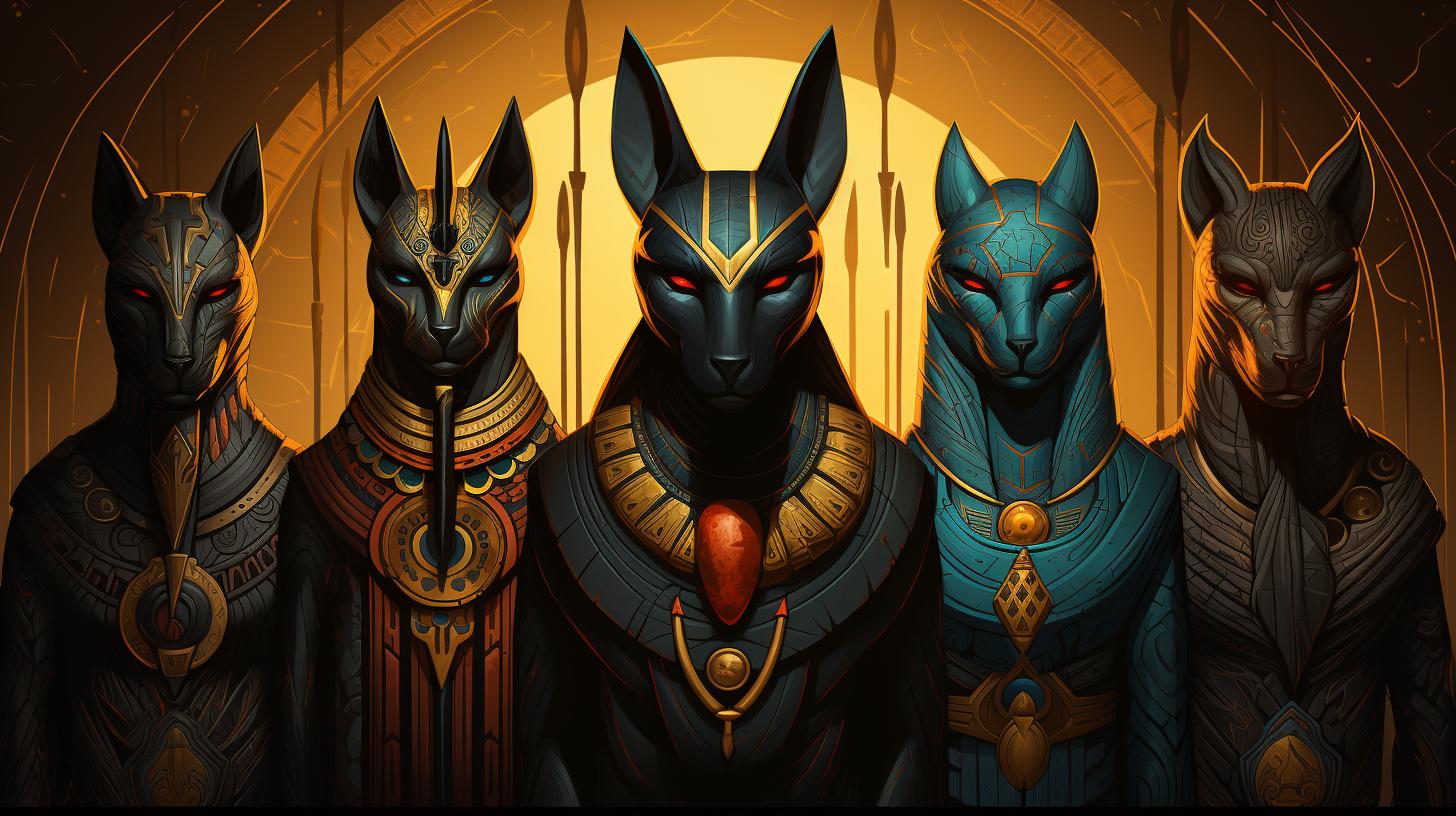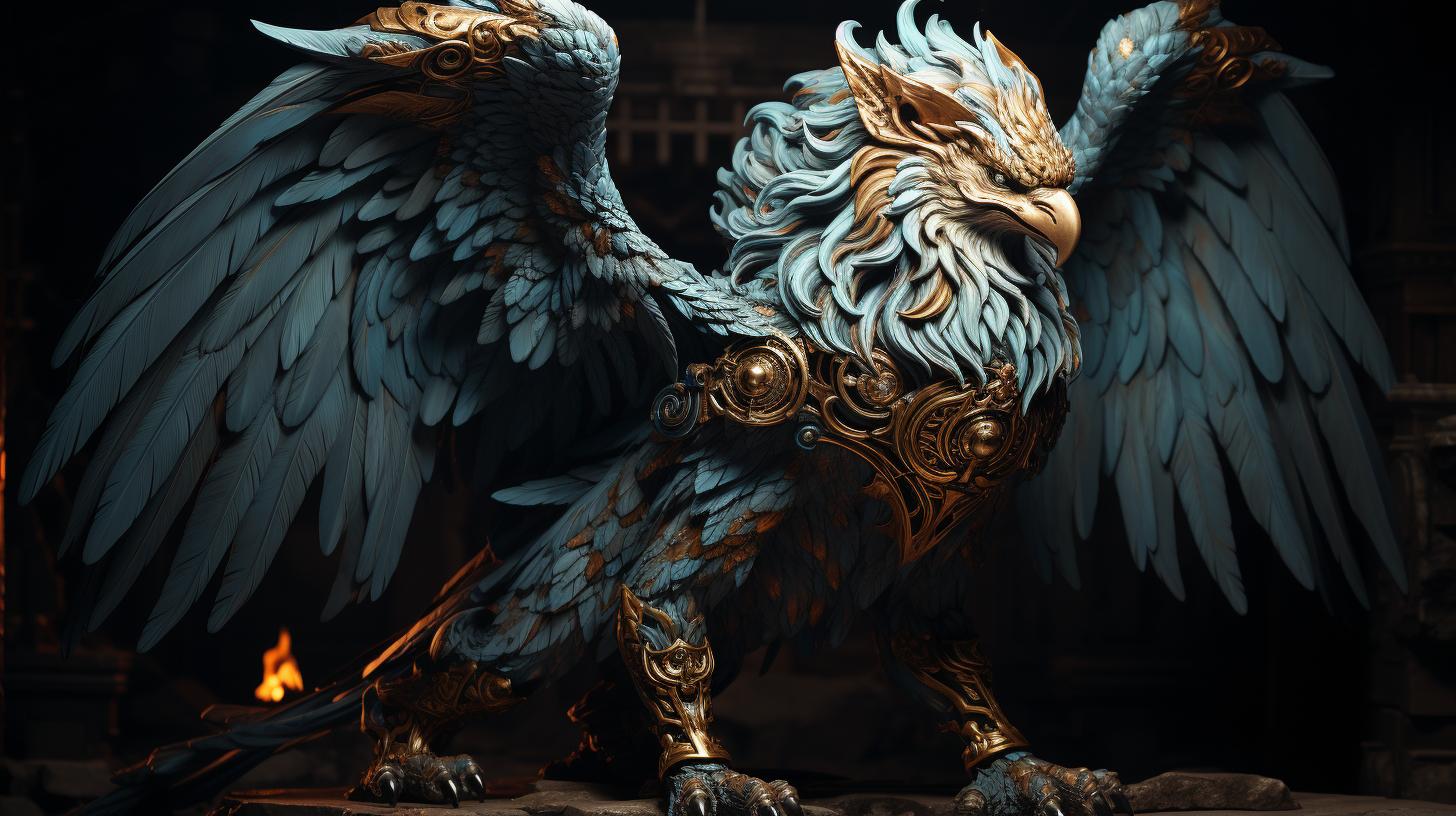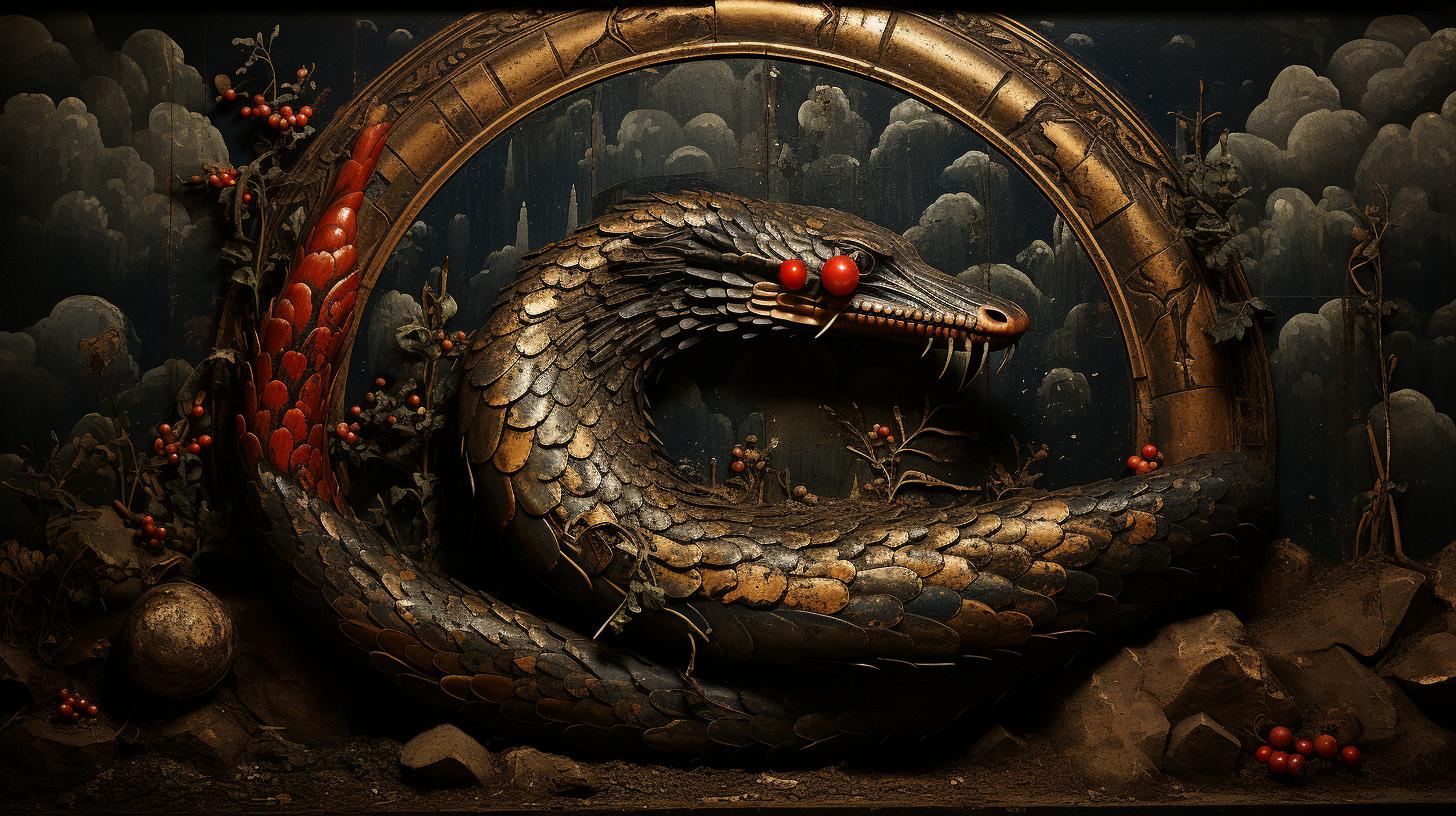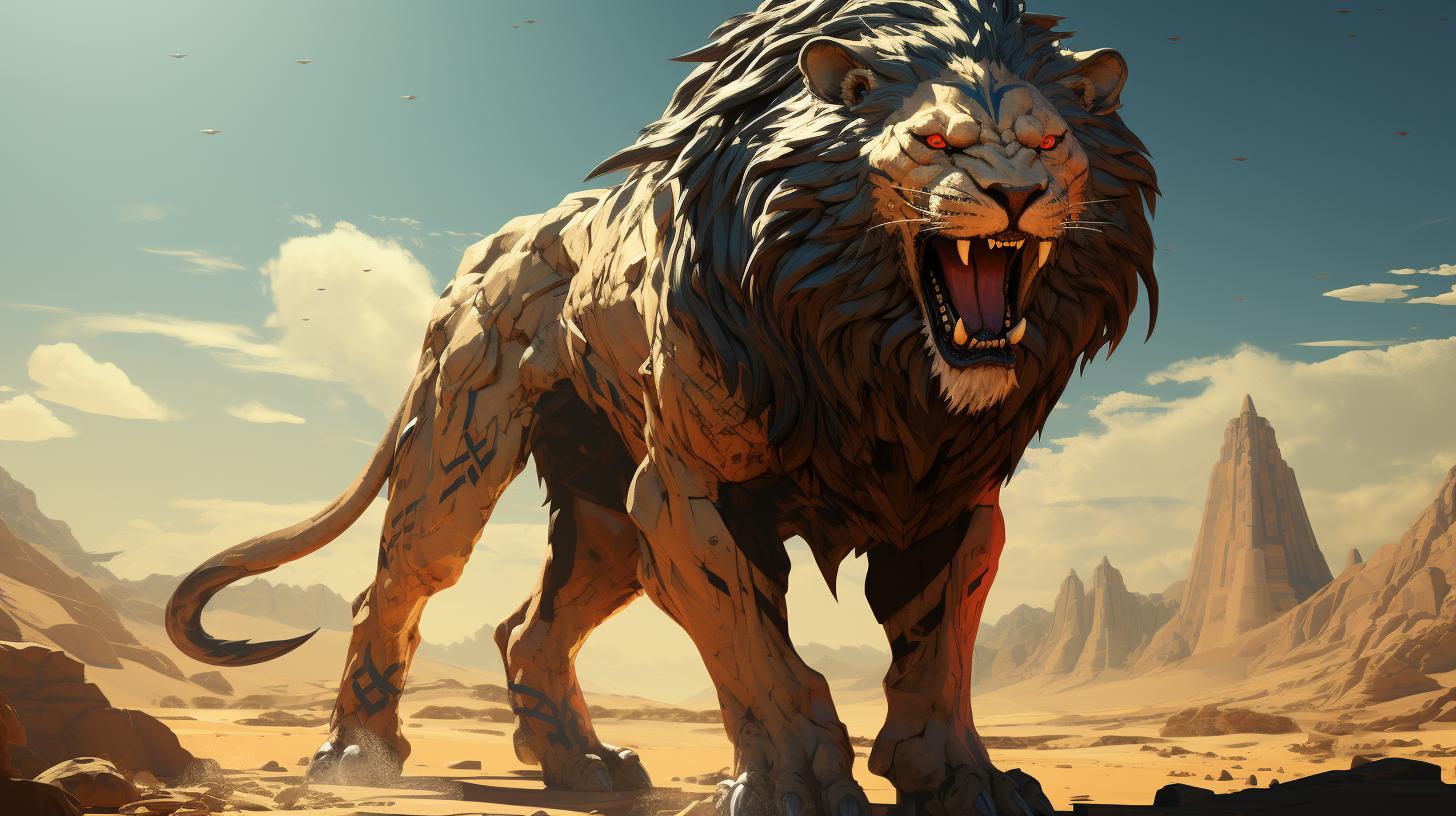How Old Is Egyptian Mythology: Unveiling the Ancient Origins
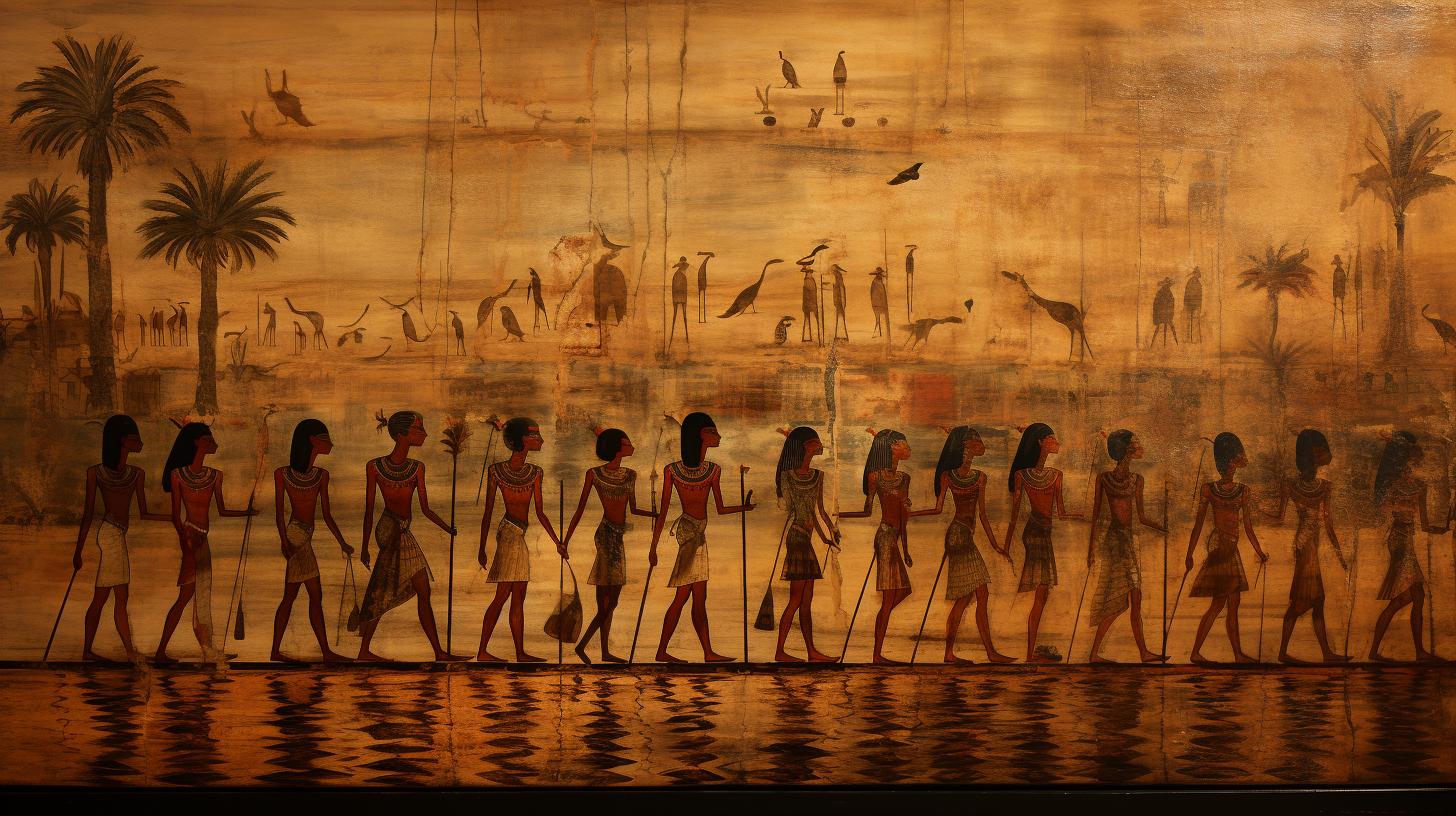
Egyptian Mythology, filled with captivating tales and ancient beliefs, holds a time-honored legacy. This article explores various aspects of its rich history, including creation myths, major deities, mythical stories, and its evolution across different Egyptian dynasties.
We delve into the rituals and beliefs of ancient Egyptians, the enduring influence of Egyptian mythology on modern culture, and its significance in the field of archaeology and Egyptology. Join us on a journey to uncover the mysteries of How Old Is Egyptian Mythology.
Creation Myths in Egyptian Mythology
The rich tapestry of Egyptian mythology begins with its creation myths, fascinating narratives that explain the origins of the world and the existence of deities. These myths provide a glimpse into the cosmology and belief systems of the ancient Egyptians, shedding light on their understanding of the universe and their place within it.
Atum and the Primordial Waters
One of the earliest creation myths is centered around Atum, the self-created god who emerged from the primordial waters known as Nun. According to this myth, Atum brought himself into being through his sheer will and creativity.
He then went on to create the first divine pair, the god Shu (representing air) and the goddess Tefnut (representing moisture), establishing the elements necessary for life.
Geb and Nut: The Earth and the Sky
Another prominent creation myth features the siblings Geb and Nut, representing the earth and the sky, respectively. The ancient Egyptians believed that Nut, arched over Geb, representing the heavens.
Their love for one another was deep, resulting in an eternal embrace. Nut eventually gave birth to Osiris, Isis, Seth, and Nephthys, thus setting the stage for the pantheon of Egyptian gods.
Shu and Tefnut: Air and Moisture
Shu and Tefnut, the children of Atum, were integral to the creation of the world. Shu, embodying air, was responsible for separating Geb and Nut, establishing the space for life to thrive.
Tefnut, representing moisture, brought fertility to the land, allowing for the growth of plants and sustenance for the living beings.
The Ogdoad: The Eight Primordial Deities
The Ogdoad, a group of eight deities, played a vital role in the creation myths of Egyptian mythology. These primordial deities consisted of four male-female pairs, representing the fundamental aspects of life, such as chaos, stability, infinity, and totality.
Their divine union and harmonious existence set the stage for the order and balance observed in the natural world.
The creation myths in Egyptian mythology offer a window into the ancient Egyptians’ beliefs and their understanding of the universe’s beginning. These captivating tales lay the foundation for the rich tapestry of gods, goddesses, and mythical beings that define Egyptian mythology.
Major Deities in Egyptian Mythology
The Egyptian pantheon is filled with a plethora of powerful and fascinating deities, each with their unique roles and attributes. Let’s explore some of the major deities in Egyptian mythology:
Ra: The Sun God
Ra, the supreme solar deity, was believed to be the creator and ruler of the cosmos.
He was often depicted with the head of a falcon and the body of a human. Associated with the sun, Ra was revered as the giver of light and life, and his journey across the sky symbolized the eternal cycle of birth, death, and rebirth.
Isis and Osiris: The Divine Couple
Isis and Osiris were a prominent divine couple in Egyptian mythology. Isis, the goddess of magic and fertility, was revered as the mother of pharaohs and protector of the dead.
Osiris, the god of the afterlife and resurrection, ruled the underworld. Their story of love, betrayal, and rebirth exemplified the Egyptian belief in the cyclic nature of life.
Seth: The Chaotic Brother
Seth, the god of chaos and desert storms, was often depicted with the head of an animal resembling an unknown creature.
He was known for his fierce rivalry with his brother Osiris, whom he killed out of jealousy. Seth represented the chaotic forces of nature, and his actions brought turmoil and disruption to the world.
Horus: The Avenger and Protector
Horus, the falcon-headed god, was considered the son of Isis and Osiris. Regarded as the god of the sky, war, and protection, Horus played a vital role in Egyptian mythology as the avenger of his father’s murder.
He was often depicted with a sun disc symbolizing his association with the sun.
These major deities in Egyptian mythology demonstrate the intricate and diverse nature of the ancient Egyptian belief system.
Their stories and symbolism continue to captivate and inspire people to this day.
Mythical Stories and Themes
In Egyptian Mythology, a diverse array of mythical stories and themes provide insight into the ancient Egyptian culture and belief system. These captivating tales and symbols shaped the worldview of the Egyptian civilization.
Let’s delve into the intriguing narratives and motifs that illustrate the fascinating mystical world of ancient Egypt:
The Pyramid Texts: Journeys of the Soul
The Pyramid Texts, inscribed on the walls of royal burial chambers, reveal the beliefs surrounding the afterlife. Comprising spells, prayers, and rituals, these texts guided the deceased pharaoh’s soul on its journey through the perilous Duat, the realm of the dead.
The texts also emphasized the pharaoh’s divinity and his transformation into an immortal god.
Creation of the World and the Nile
A cornerstone of Egyptian mythology is the creation story, which explains the origin of the world and the Nile River. According to the myth, the sun god Ra emerged from the primordial waters and brought order to the chaos.
The Nile, considered a lifeline to the Egyptian civilization, was believed to be a product of the god Hapi’s annual flood. This myth highlights the significance of the Nile’s fertile lands to sustain life.
Role of the Gods in Ancient Egyptian Life
A central theme in Egyptian mythology is the active involvement of gods and goddesses in the lives of mortals. These deities played important roles in various aspects of human existence, influencing everything from fertility and prosperity to war and protection.
From the powerful sun god Ra to the revered goddess Isis, the gods interacted with humans through rituals, offerings, and guidance.
Mythological Motifs in Ancient Egyptian Art and Architecture
Ancient Egyptian art and architecture abound with mythological motifs that reflect the beliefs and stories of the culture.
Symbolic representations of gods, pharaohs, and mythical creatures adorned temples, tombs, and monuments. The depictions of divine battles, rituals, and legendary tales provided visual narratives that conveyed the mythological traditions and served as a means to connect the mortal realm with the divine.
Immerse yourself in the enigmatic world of Egyptian Mythology, where ancient stories and symbols intertwine to paint a vivid picture of a civilization deeply rooted in spirituality and mystery.
Evolution of Egyptian Mythology
The evolution of Egyptian mythology is a fascinating journey that spans across different Egyptian dynasties, showcasing the dynamic nature of this ancient belief system.
Throughout the centuries, Egyptian mythology underwent significant developments, incorporating foreign influences and adapting to the changing social and political landscape.
Development across Different Egyptian Dynasties
As Egypt transitioned through various dynasties, the mythology adapted and evolved alongside it. Each dynasty brought forth its own unique perspectives and beliefs, shaping the narrative of Egyptian mythology. From the Old Kingdom to the Middle Kingdom and onto the New Kingdom, the mighty pharaohs played a crucial role in the development and dissemination of myths.
Integration of Foreign Influences
Throughout ancient history, Egypt’s interactions with neighboring cultures and civilizations influenced its mythology. Foreign deities and beliefs were often incorporated into the existing pantheon, resulting in a rich tapestry of mythological amalgamation.
The integration of gods such as Amun from the Amarna period and the syncretism of Greek and Egyptian deities during the Ptolemaic era exemplify this assimilation of foreign influences.
Mythological Changes during the New Kingdom
The New Kingdom marked a significant period of mythological changes in Egyptian mythology.
With the rise of powerful pharaohs, the pantheon underwent transformations, granting prominence to deities such as Amun-Ra and Ptah. The relationship between Egypt’s political power and its mythology became intricately intertwined, as pharaohs asserted divine connections and established themselves as the rulers through divine mandate.
The evolution of Egyptian mythology is an ongoing testament to the adaptability and resilience of ancient beliefs. It reflects the cultural, social, and political shifts that shaped ancient Egypt, leaving a lasting imprint on the mythological landscape that continues to captivate and inspire to this day.
Ancient Egyptian Religion and Beliefs
The ancient Egyptians had a complex and deeply rooted religious system that permeated every aspect of their lives. Their beliefs centered around the existence of numerous deities, rituals, and the worship of the pharaoh as a living god.
Let’s delve into the fascinating world of ancient Egyptian religion and the beliefs that shaped their society.
Rituals and Offerings to the Gods
Rituals played a vital role in ancient Egyptian religious practices. The Egyptians believed that performing these rituals correctly would ensure the gods’ favor and maintain cosmic order. These rituals involved offerings of food, drink, incense, and various sacred objects.
Temples served as the primary locations for these ceremonies, where priests performed purification rites, chanted hymns, and conducted sacred rituals on behalf of the people.
The Role of Priesthood and Temples
The priesthood held great significance in ancient Egyptian society, as they acted as intermediaries between the gods and the people.
Priests played multiple roles, including custodians of religious knowledge, ritual performers, and advisors to the pharaoh. They oversaw the maintenance of temples, conducted religious ceremonies, and preserved the sacred texts and teachings of the religion.
Temples, considered the dwelling places of the gods, were not only centers of worship but also economic and administrative hubs.
Worship of the Pharaoh: The Living God
The pharaoh played a central role in ancient Egyptian religious beliefs. As the embodiment of Horus on Earth, the pharaoh was seen as the living link between the gods and the mortal realm.
The people revered and worshipped the pharaoh not only as the political leader but also as a divine figure. The pharaoh performed rituals, offered sacrifices, and undertook various ceremonial duties to maintain Ma’at, the cosmic balance.
This worship of the pharaoh strengthened the bond between the earthly and divine realms, ensuring prosperity and stability for the kingdom.
Ancient Egyptian religion and beliefs shaped every aspect of their society, from daily rituals to the ruling structure.
Understanding their religious practices provides insight into the culture, values, and worldview of this ancient civilization.
Legacy and Influence of Egyptian Mythology
The ancient Egyptian mythology holds a profound and enduring legacy that has permeated various aspects of modern culture. From literature to film, art to fashion, Egyptian mythology continues to captivate and inspire people worldwide.
Egyptian Mythology in Modern Culture
- Countless literary works, such as novels, short stories, and poetry, draw inspiration from Egyptian mythological themes and characters.
- Hollywood movies like “The Mummy” and “Gods of Egypt” have brought Egyptian mythology to the big screen, introducing these ancient stories to a global audience.
- Egyptian motifs and symbols, such as the Eye of Horus and the Ankh, can be seen in contemporary fashion, jewelry, and tattoo designs.
- Popular video games, including the “Assassin’s Creed” series and “Age of Mythology,” incorporate Egyptian mythology, allowing players to immerse themselves in this ancient world.
Legacy in the Field of Archaeology and Egyptology
The rich mythological narratives of ancient Egypt have played a crucial role in shaping the field of archaeology and Egyptology.
Scholars and researchers have relied on these stories to understand the religious beliefs, social structures, and daily lives of the ancient Egyptians.
Continued Fascination with Ancient Egyptian Myths
Despite the passage of millennia, the fascination with ancient Egyptian myths remains as strong as ever. People are drawn to the enigmatic symbols, captivating tales, and the mystique surrounding Egyptian deities.
The Oxford Encyclopedia of Ancient Egypt Vol. 1-3
For those seeking comprehensive knowledge about Egyptian mythology, “The Oxford Encyclopedia of Ancient Egypt” is an indispensable resource. This authoritative three-volume set covers various aspects of ancient Egypt, including its mythology, providing in-depth analysis and scholarly insights.
As we navigate the modern world, the legacy and influence of Egyptian mythology remind us of the enduring power of ancient stories and their ability to transcend time and culture. Exploring the mythology of ancient Egypt allows us to appreciate the profound impact it has on our collective imagination and understanding of human history.
.

